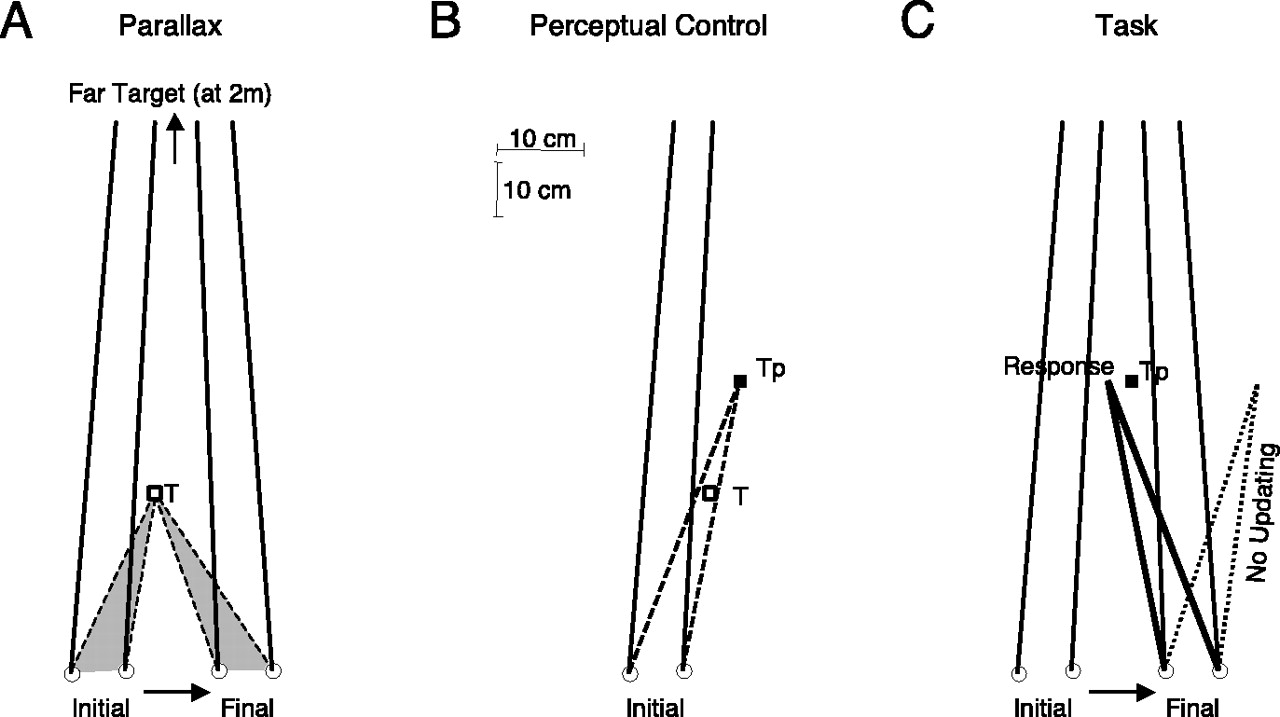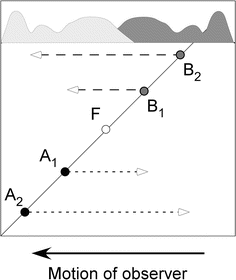
He also observed comets and continued his study of celestial mechanics. In 1806 Bessel accepted the post of assistant at the Lilienthal Observatory, which gave him valuable experience observing planets, in particular Saturn, its rings and satellites. From that time on Bessel concentrated on astronomy, celestial mechanics and mathematics. The resulting paper, at the level required for a doctoral dissertation, was published on Olbers’ recommendation. As a comet expert, Olbers recognised at once the quality of Bessel’s work and arranged for its publication in the Monthly Correspondence. Subsequently, Olbers gave Bessel the task of making further observations to carry his work further. This gave Bessel the opportunity to make personal contact with Olbers. This brought him to the attention of a major figure of German astronomy at the time, Heinrich Wilhelm Olbers, the leading comet expert of his time. Olbers also lived in Bremen where he practised as a doctor. In 1804 Bessel wrote a paper on Halley’s comet, calculating the orbit using data from observations made by Thomas Harriot and William Lower in 1607. In this way, he was able to determine the longitude of Bremen himself with only a small error. When he observed a star occultation at the dark moon limb with his small telescope, he determined the time of the occultation and compared it with data he found in the journal Monatliche Correspondenz and the Berlin Astronomical Yearbook.

He made his first measurements on August 16, 1803. With the help of a carpenter and a watchmaker, he built a sextant himself and invented the – later known as – circummeridian method for determining time, using two stars at approximately the same altitude. In practice, a navigator is dependent on instruments for measuring elevation angles of stars, which were financially unaffordable for Bessel. The business’s reliance on cargo ships led him to turn his mathematical skills to problems in navigation. At first Bessel received no salary from the firm. At the age of 14 Bessel was apprenticed to the import-export concern Kulenkamp & Sons at Bremen. Bessel attended the Gymnasium in Minden for four years but he did not appear to be very talented, finding Latin difficult, although he later succeeded in teaching the ancient language to himself. His father Carl Friedrich Bessel (1748-1828) was trained as a lawyer and at that time was employed as a government secretary in the Prussian civil service. His mother Friederike Ernestine Bessel née Schrader (1753-1814) was the daughter of a pastor in Rehme. Friedrich Wilhelm Bessel – Youth and Educationįriedrich Wilhelm Bessel was born in Minden, Westfalia, as the second child of a large family with six daughters and three sons. He is probably best known for his works in mathematics, where he discovered the eponymous Bessel-functions, which are critical for the solution of certain differential equations. Relative binocular parallax See stereoscopic visual acuity.On July 22, 1784, German mathematician and astronomer Friedrich Wilhelm Bessel was born.

Example: when viewing the landscape through the window of a moving train near objects appear to move much more quickly than distant objects. Motion parallax Apparent difference in the direction of movement or speed produced when the subject moves relative to his environment (Fig. Monocular parallax The apparent change in the relative position of an object when the eye is moved from one position to another. See chromostereopsis longitudinal chromatic aberration.

This phenomenon is attributed to the chromatic aberration of the eye. The relative displacement of the two images becomes reversed when the pinhole is on the other side of that axis. When the pupil is centred on the achromatic axis (in some people the pinhole may have to be placed away from the centre of the pupil), the two images appear superimposed. a blue object and a red object) when observed through a disc with a pinhole placed near the edge of the pupil. Apparent displacement of an object viewed from two different points not on a straight line with the object.īinocular parallax The difference in angle subtended at each eye by an object that is viewed first with one eye and then with the other.Ĭhromatic parallax Apparent lateral displacement of two monochromatic sources (e.g.


 0 kommentar(er)
0 kommentar(er)
